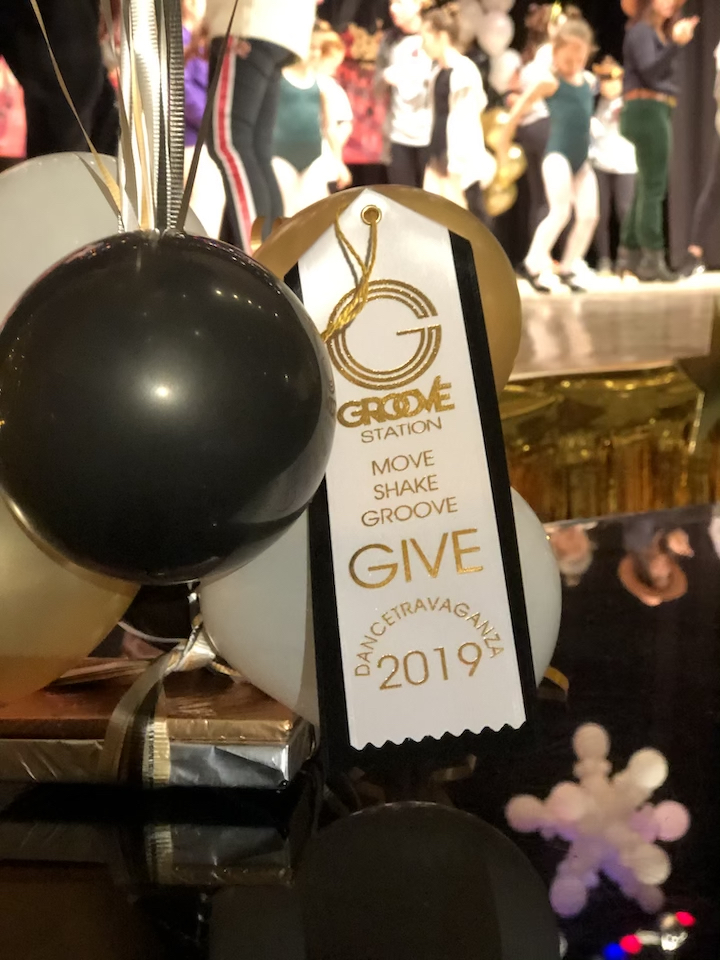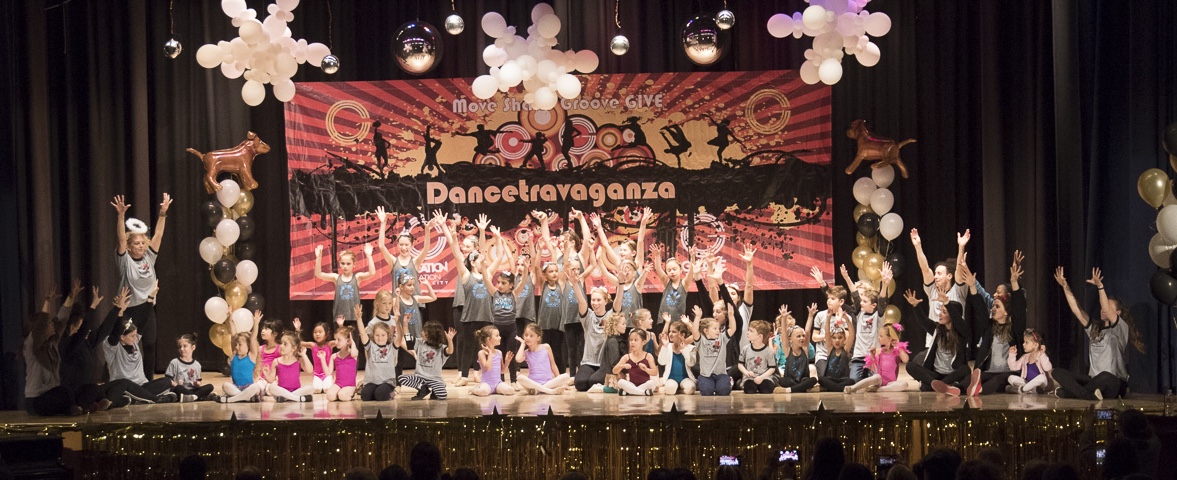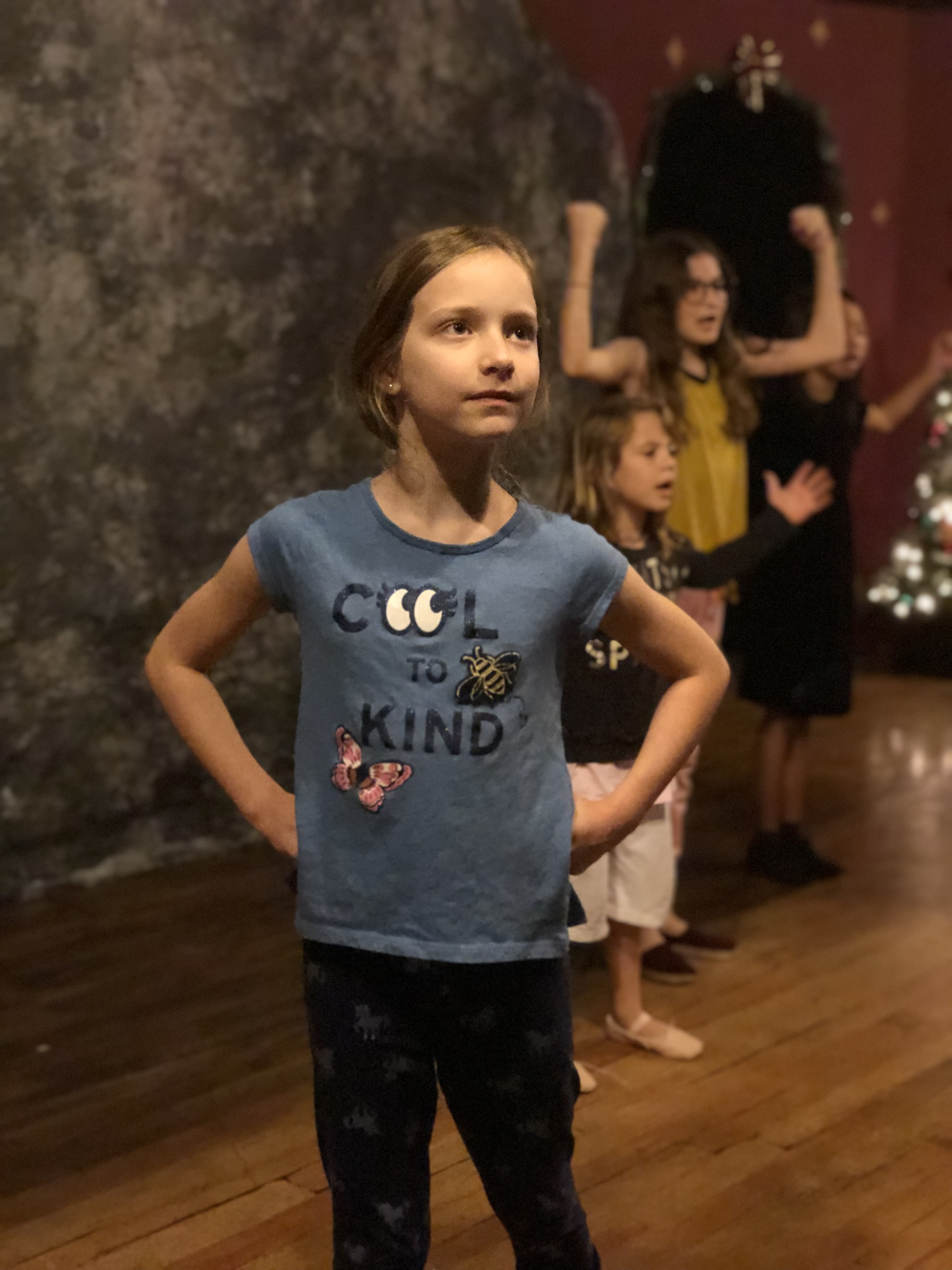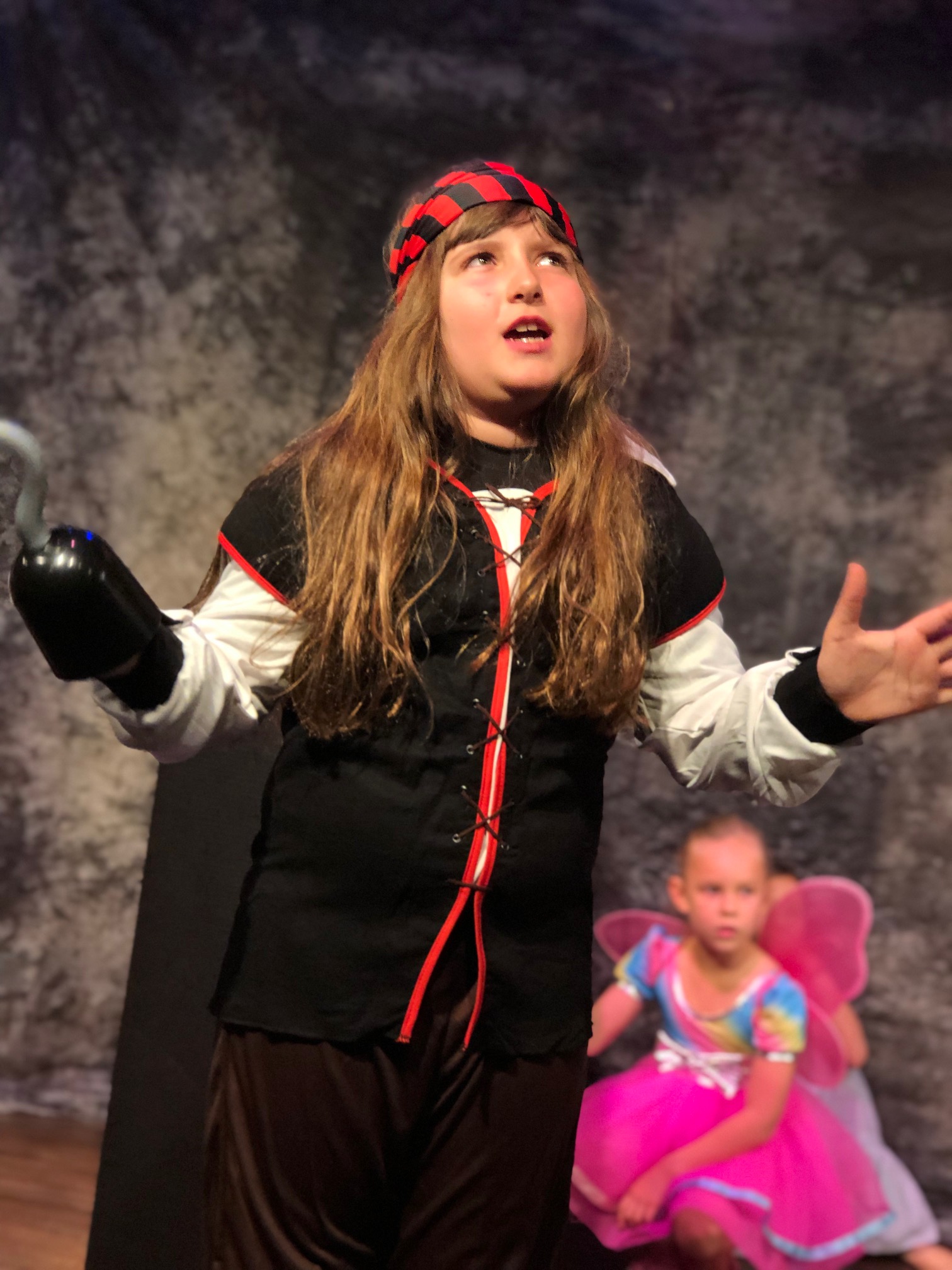
|
| A PEEK AT THE WEEK subs new class alert this week only |
| Monday | Tuesday | Wednesday | Thursday | Friday | Saturday | Sunday |
| 5:00 Boys Hip Hop
5:00 Happy Hop |
9:30 Tot Hop for 3&4 yr olds 5:30 3&4 Ballet/Tap |
10-Noon In Groove FREE OPEN CLASS FOR 6yrs + 10:30 Happy Feet 4:30 Musical Theatre |
10-Noon In Groove FREE OPEN CLASS FOR 6yrs + 12:30 2/3 Ballet Tap 4:30 Guys & Dolls |
10-Noon In Groove FREE OPEN CLASS FOR 6yrs + 11:30 2/3 ballet Tap 4:30 Adv Beg/Int Acro |
9:30 2’s Ballet Tap
10:30 Tween/Teen Jazz Funk |
11:30 3/4 Ballet Tap |
DON’T MISS OUT, THERE IS STILL SPACE MUSICAL THEATER PERFORMANCE INTENSIVE ANNIE This 13 week class will consist of putting on a fully realized production with a final The crazy holiday is season finally done, we know many of you missed some classes so feel free to do an extra class or two whenever you have some time. Just take a look at the schedule and email or call to set it up. JUST SAYIN‘ The Ultimate Goal Is Kindness On mindbodygreen.com I found an article by Kaia Roman that I thought was worth sharing As parents and teachers, one of our greatest hopes is that our kids will be kind and good people. When they have a choice to help others, we hope they will. We never want them to be cruel, intolerant, or prejudiced. But let’s face it. It’s not always easy to be kind, even for us. Even grown-ups don’t want to share our toys sometimes. Helping others can seem hard when we feel like we don’t have the help we need ourselves. The good news is that kindness can be learned; just like any other behavior, it can be trained through repetition. The most dominant way children learn new behaviors is by copying those around them. Which means we adults have a powerful opportunity, and responsibility, to teach by example. Mirror neurons are cells in the brain that wire us for imitation, and they’re especially active during childhood. When kids observe an action, their brains respond as if they are performing the action themselves. Their brains form new neural pathways, and these create the basis for behaviors that stick with them throughout their lives. Thanks to neuroplasticity, the brain’s ability to adapt and change, we all have the aptitude to learn new behaviors, including becoming kinder. Kids’ brains are particularly moldable, as they’ve had less time to solidify lifelong habits. So if you want to encourage more kindness in your kids, and in the world, here are some fun things you can do: 1. Send kind thoughtsKindness can sometimes be as simple as a wish for the well-being of others. In mindfulness class, I ask my students to imagine someone (or a whole lot of someones) they want to send kind thoughts to and then to say out loud, “May they be happy. May they be healthy. May they be safe.” This practice helps kids get into the habit of thinking kind thoughts more often. 2. Share stories of kindnessChoose books and stories with kindness themes. There are many great stories to choose from! Stories are a powerful and highly influential way for kids to learn without direct teaching. For younger children, read stories out loud that invoke their imaginations. For older children, stock their reading list with plenty of kind role models. Article continues below 3. Smile more oftenIn a study conducted in Sweden, when people looked at others who were smiling, their muscles twitched into smiles involuntarily. Play a smiling game with your kids to show them how smiling truly is contagious. The simple act of smiling can spread the warmth of kindness far and wide, as others smile in return and continue to pass the smile on. 4. Play the compliment gameIt feels good to receive a compliment. In fact, researchers at the National Institute for Physiological Sciences in Japan found that the same area in the brain, the striatum, is activated when a person receives a compliment as when they are given money. In my mindfulness class, students toss a ball around the classroom, giving a compliment to someone each time they make a throw. 5. Practice random acts of kindnessRandom acts of kindness can be anything that will make someone’s day a little brighter. They don’t even have to know who did it. I challenge my students to perform random acts of kindness for other students and teachers at school. To make sure no one gets left out, we draw names out of a hat. 6. Try empathy charadesHaving empathy for others requires putting yourself in someone else’s shoes and imagining how they feel. In my class, I draw images of faces on the board and have my students guess the emotion that’s being displayed. We also act out different emotions and guess what other people are feeling. Empathy Charades is one of my students’ favorite games that we play in mindfulness class. 7. Volunteer for goodWhether you take small or big actions, help other people or help animals, there is always a way to lend a helping hand. Involving kids in volunteer work teaches them that it feels good to be helpful. You might collect garbage from the park, visit a local retirement home, or clean out your closets to make a donation to those in need. Perhaps your kids will be inspired to fund-raise for a good cause. There is no limit to what your kindness can do. Being kind to others feels good. It helps take our attention off of our own troubles, and also creates a feeling of interconnectedness. Together, we can make the world a better place with acts of kindness both big and small. Let’s make kindness the new cool.
|
||||||||||





 performance in a theater.
performance in a theater.

